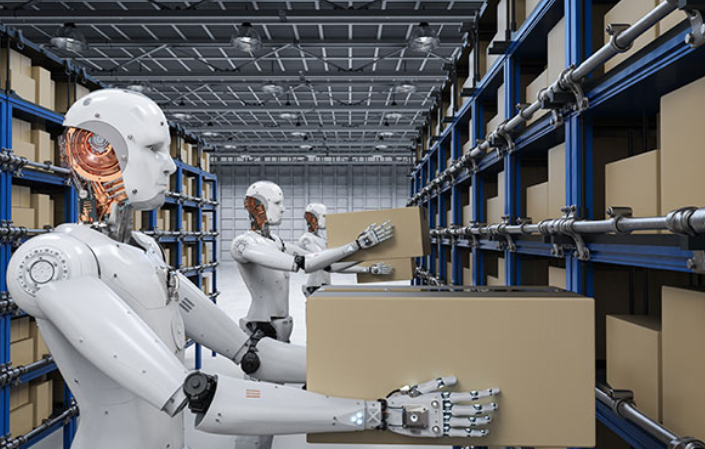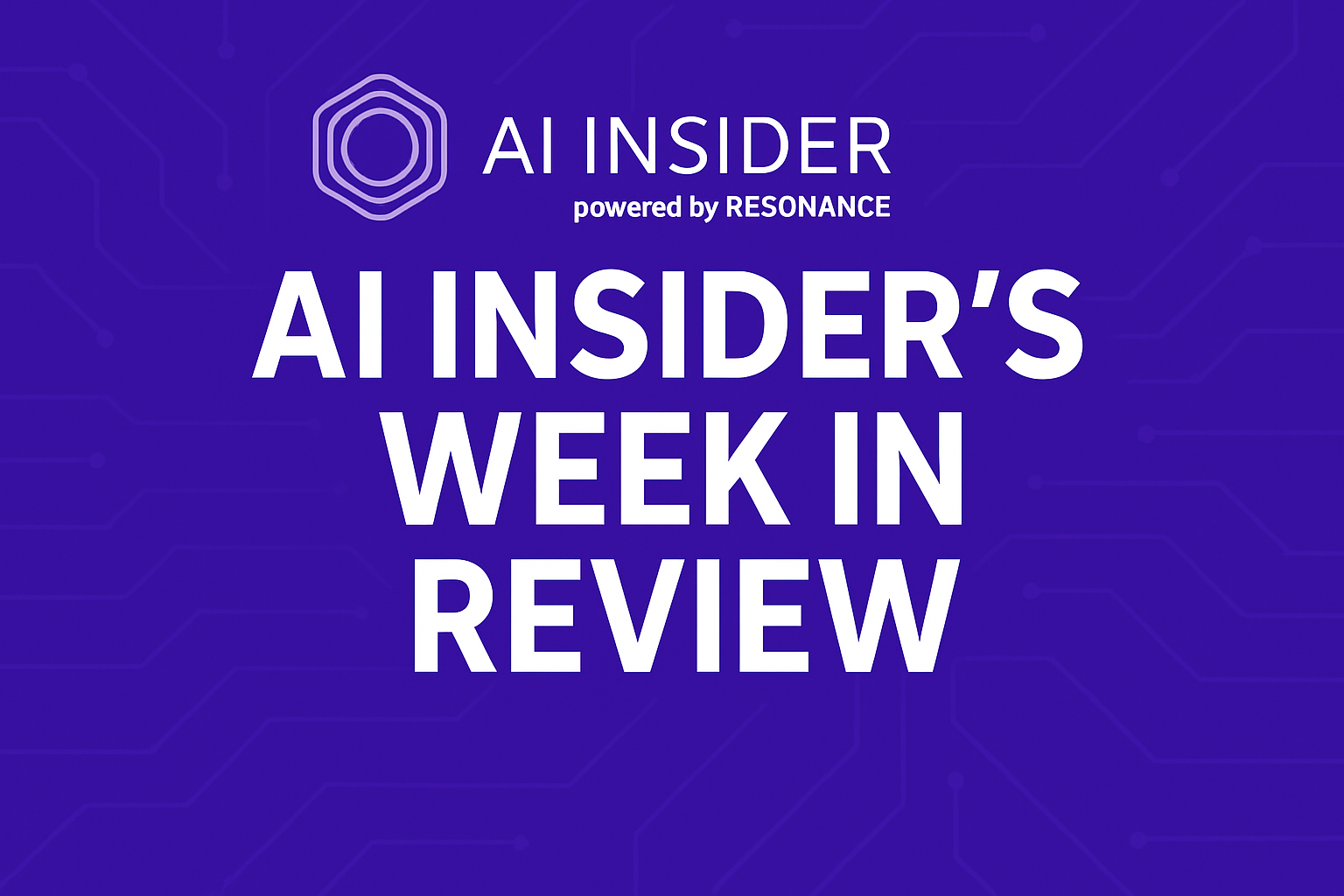In an era teeming with technological marvels and breakthroughs, the realm of industrial robotics stands as a beacon of progress, embodying the zenith of human ingenuity. As we stand on the cusp of a revolution powered by AI, companies like Figure AI, NVIDIA and many others are not just augmenting human capabilities; they are reshaping the very fabric of the workforce. The dialogue surrounding industrial robotics has evolved from speculative fiction to a tangible reality, where humanoid robots, equipped with the prowess of AI, are not mere assistants but potential replacements for human labor in warehouses, retail, and beyond.
The narrative of industrial robotics, as chronicled in recent developments, paints a picture of a future where automation transcends conventional boundaries. The introduction of humanoid robots, capable of performing intricate tasks with precision and adaptability, marks a significant milestone in this journey. These robots, armed with advanced sensors, AI algorithms and natural language processing abilities, demonstrate the potential to address the global labor shortage. However, this technological renaissance brings with it a tapestry of socioeconomic implications that merit a deeper examination.
At the heart of the industrial robotics revolution lies a paradox — the promise of alleviating labor shortages juxtaposed against the specter of widespread job displacement. Critics argue that what is often labeled as a labor shortage is, in reality, a reflection of inadequate pay and diminishing incentives. The allure of industrial robotics, with its promise of efficiency and cost-effectiveness, masks the complex web of maintenance costs, service contracts, and the immutable laws of supply and demand. As industries lean towards automation, the initial cost of integrating robots may seem inconsequential compared to their potential to streamline operations. Yet, the true cost of this transition may manifest in the form of maintenance expenses, creating a new financial paradigm for businesses.
The discourse around industrial robotics often glosses over the human aspect of this technological leap. The narrative, fueled by marvels of engineering and visions of a utopian future, occasionally neglects the lived experiences of the workforce. The transition towards automation, while heralded as a solution to labor shortages, inadvertently contributes to a widening chasm in the job market. The irony of a job board entrepreneur pivoting towards robotics as a panacea for workforce challenges does not escape those with a critical eye. This evolution raises pertinent questions about the long-term sustainability of an economy leaning heavily on robotics.
Imagine a scenario where interconnected robots, each proficient in a distinct task, create a network of unparalleled productivity. This vision, while awe-inspiring, inadvertently sets the stage for a cyclical economic dilemma. As robots replace human workers, the ripple effects on employment, housing security and consumer spending become increasingly palpable. A slowdown in consumer demand could see these marvels of automation idling in factories, leading to further layoffs as companies strive to preserve profits. This cycle, if unchecked, could undermine the very foundation of economic stability.
The dialogue surrounding industrial robotics and AI integration must thus be approached with a dual lens — optimism tempered with caution. While the technological advancements in robotics herald a new era of productivity and innovation, they also invite us to ponder the broader implications for society. The question of “for whom exactly does this innovation serve?” becomes critical. Optimism drives progress, but a healthy dose of skepticism ensures that we navigate this new frontier with a mindful appreciation of its potential pitfalls.
For industrial robotics, the path forward is not binary but a complex spectrum of choices that will shape the future of work. As we marvel at the ingenuity of humanoid robots and their potential to transform industries, we must also engage in a nuanced discourse on the socioeconomic ramifications of this shift. The balance between augmenting human capabilities and preserving the essence of the workforce will define the legacy of the industrial robotics revolution. As we venture into this uncharted territory, let us do so with a vision that harmonizes innovation with inclusivity, ensuring that the future of industrial robotics is not just a testament to human ingenuity but a beacon of sustainable progress for all.
Featured image: Credit: PhonlamaiPhoto — iStock / Getty Images Plus






